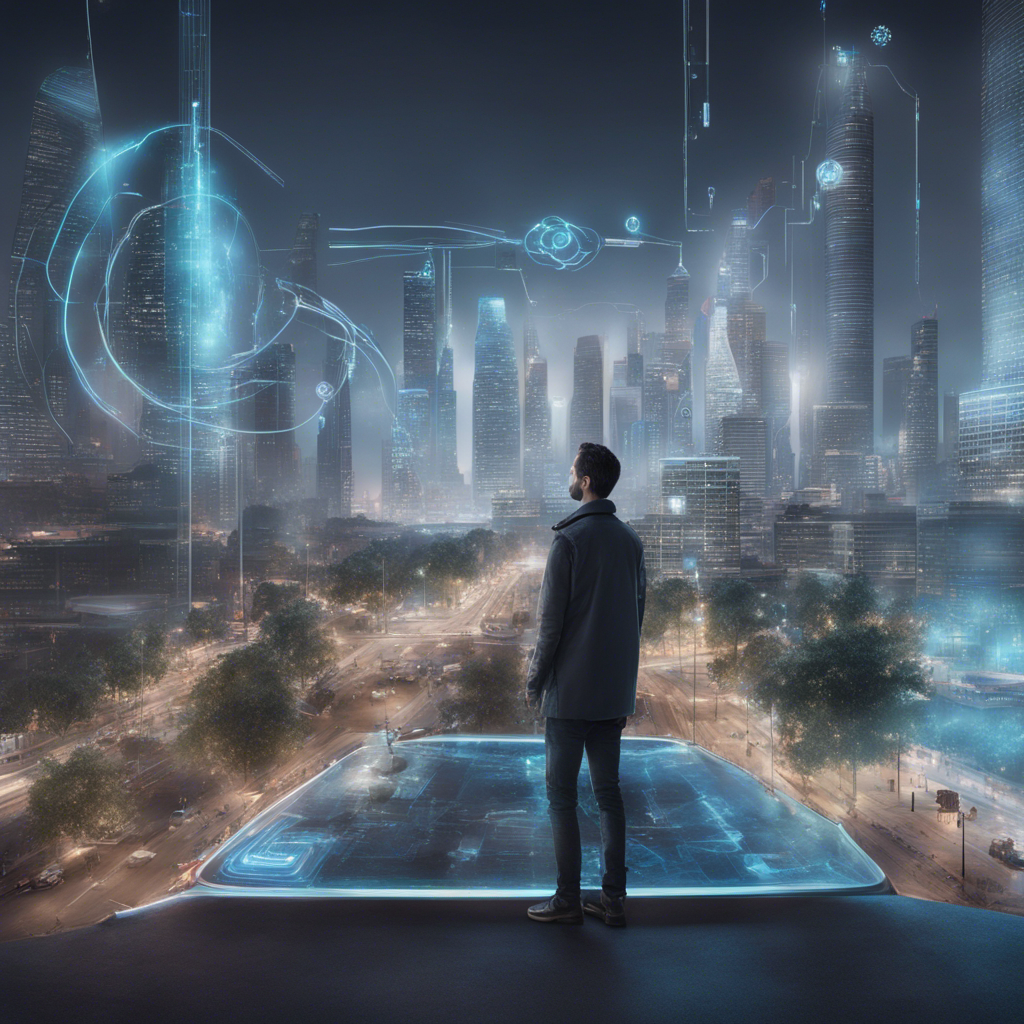
Smart cities represent the future of urban living. With rapid urbanization and the increasing demand for sustainable solutions, technology plays a crucial role in improving the quality of life in cities. By integrating various innovative technologies, smart cities aim to enhance efficiency, sustainability, and overall livability for their residents. In this blog post, we will explore how technology is transforming cities worldwide and the benefits it brings to urban living.
The Concept and Components of Smart Cities
A smart city is an urban area that leverages advanced technologies, data, and connectivity to optimize resources, enhance services, and foster sustainable development. The key components that define a smart city include:
-
Internet of Things (IoT) Infrastructure: A complex network of sensors, devices, and infrastructure enables the collection of real-time data from various urban systems such as transportation, water management, energy grids, and waste management.
-
Data Analytics and Artificial Intelligence (AI): With the help of AI algorithms, collected data is analyzed to gain valuable insights, identify patterns, and optimize processes. This data-driven approach enables efficient decision-making and resource allocation.
-
Connectivity and Communication Networks: High-speed internet and robust communication networks ensure efficient data transmission and facilitate seamless interaction between different urban systems.
-
Sustainable Energy Solutions: Smart cities emphasize the use of renewable energy sources, such as solar and wind power, to reduce reliance on fossil fuels and minimize the ecological footprint.
-
Integrated Transportation: Smart transportation systems incorporate intelligent traffic management, real-time updates, and multimodal options to enhance mobility, reduce congestion, and encourage the use of public transportation.
-
Efficient Resource Management: Optimized resource management includes smart grids, water management systems, waste management, and energy-efficient buildings to ensure sustainable usage of resources.
Transforming Urban Living through Technology
-
Enhanced Efficiency and Resource Optimization
Technology-driven solutions play a significant role in improving the efficiency of urban services. For instance, smart grids enable better energy distribution and management, reducing energy wastage and promoting energy conservation. By using advanced algorithms, AI-powered traffic management systems optimize traffic flow, reducing congestion and travel time for commuters.
Smart water management systems ensure efficient consumption and distribution of water resources while minimizing water leakage and wastage. Waste management systems utilizing IoT sensors and data analytics enable optimized waste collection routes, leading to cost and time savings while promoting environmental sustainability.
-
Sustainable Urban Development
The integration of technology in smart cities enables more sustainable urban development. Renewable energy systems powered by solar panels and wind turbines are widely implemented, reducing carbon emissions and reliance on non-renewable energy sources. In addition, AI-powered energy management systems optimize energy usage in buildings, reducing overall energy consumption.
Intelligent urban planning, facilitated through data analysis and predictive modeling, enables the creation of energy-efficient buildings, green spaces, and optimized transportation networks. By fostering sustainable practices, smart cities strive to achieve a balance between urban development and environmental conservation.
-
Improved Mobility and Transportation
Smart cities are making significant advancements in urban mobility and transportation. Intelligent transportation systems provide real-time data on traffic conditions, public transit schedules, and parking availability, enabling commuters to make informed decisions and reduce transit time. Integrating different modes of transportation, such as bicycles, electric vehicles, and ride-sharing services, promotes sustainable and efficient mobility options.
Additionally, smart parking systems equipped with sensors and mobile applications help drivers find available parking spaces, reducing congestion and unnecessary fuel consumption caused by circling for parking. Efficient public transportation systems, such as intelligent bus networks and self-driving shuttles, improve accessibility and reduce dependence on private vehicles, leading to reduced traffic congestion and air pollution.
-
Citizen Engagement and Quality of Life
Smart cities prioritize citizen engagement to enhance the quality of urban living. Through digital platforms and mobile applications, residents can actively participate in decision-making processes, provide feedback, and access essential services. These platforms facilitate communication between citizens and local authorities, fostering transparency and accountability.
Furthermore, intelligent public safety systems equipped with video surveillance, disaster management, and emergency response technologies ensure the safety and security of residents. Effective use of technology enables early detection of potential threats, quick emergency response, and better disaster preparedness, thus improving overall public safety and well-being.
Conclusion
Smart cities harness the power of technology to drive sustainable development, enhance efficiency, and improve the quality of urban living. By leveraging IoT, data analytics, and connectivity, smart cities optimize resource management, promote sustainable energy solutions, streamline transportation systems, and prioritize citizen engagement. The integration of technology not only enhances urban services but also contributes to a greener, safer, and more inclusive living environment. As cities worldwide embrace the smart city concept, the future of urban living becomes increasingly promising.
References:






